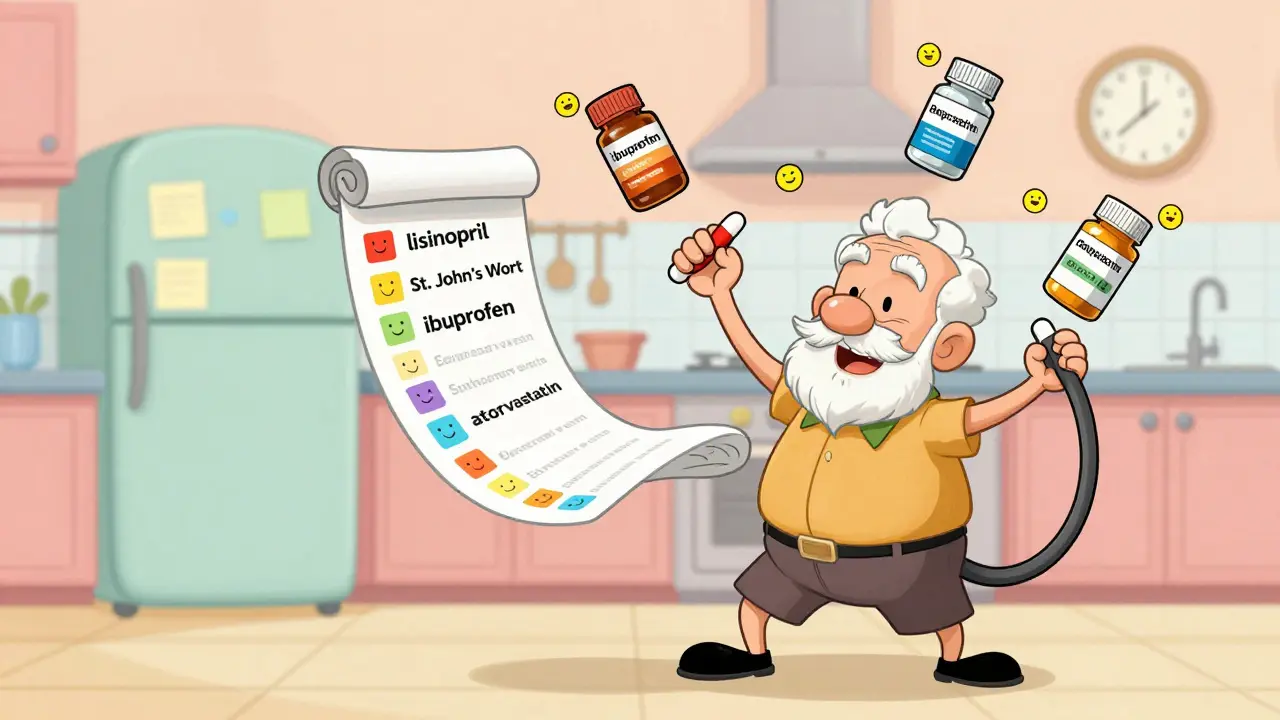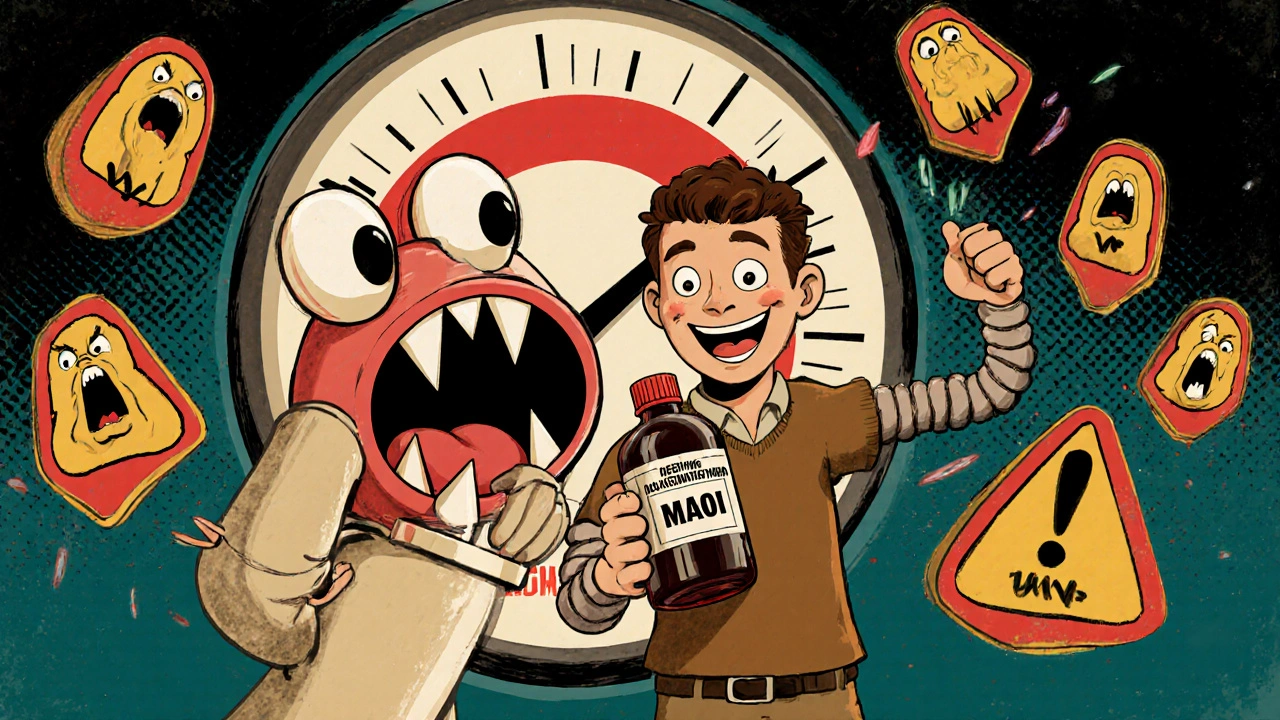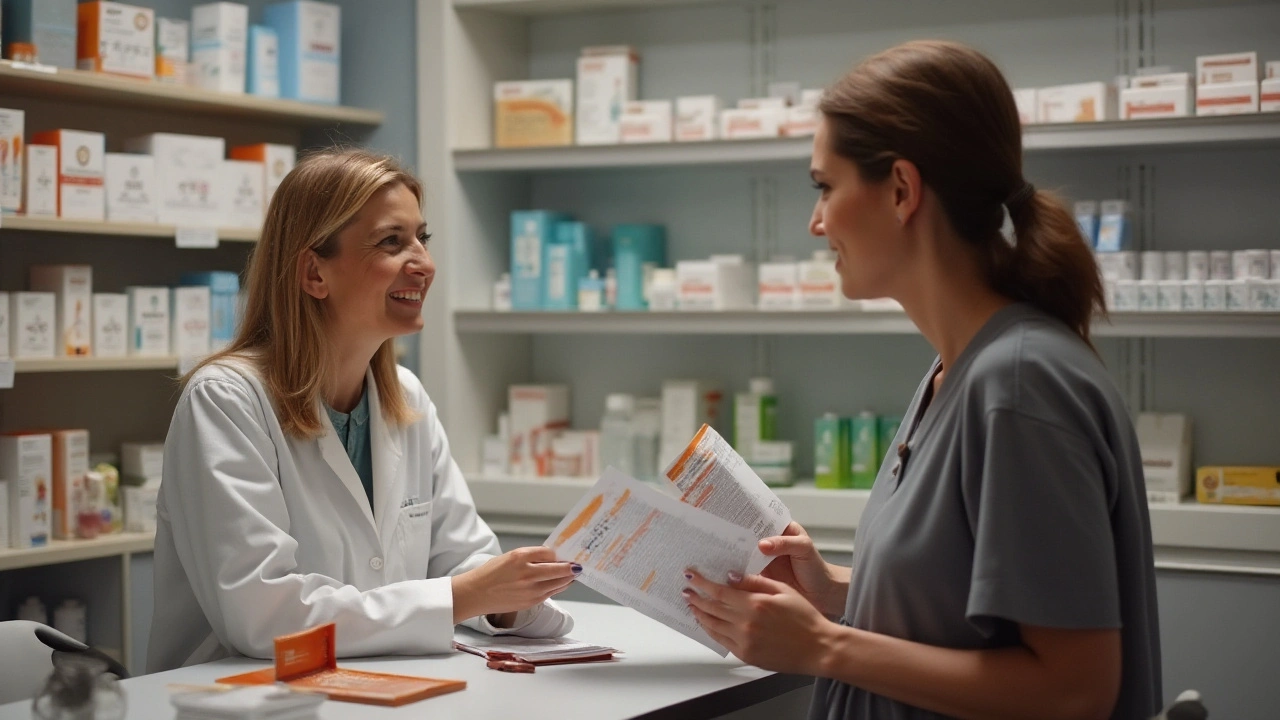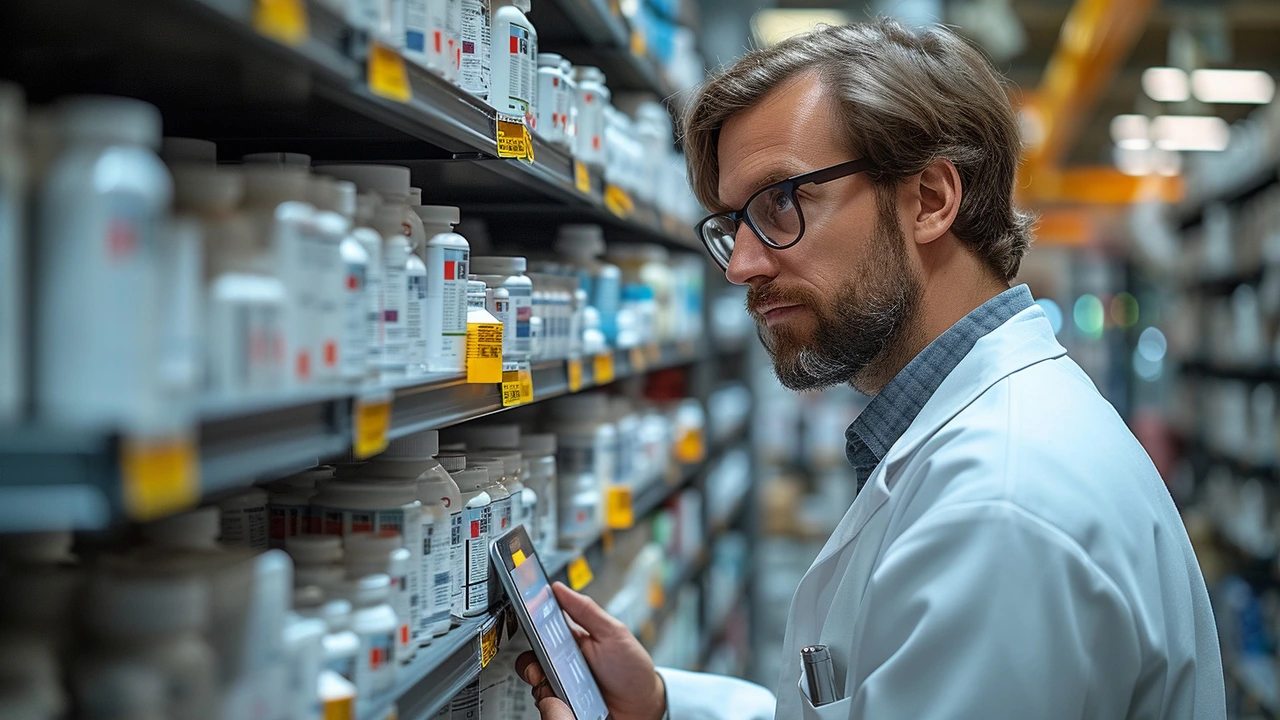Drug interactions: what to watch for if you have diabetes
One dangerous drug mix can send your blood sugar out of control or land you in the emergency room. If you take medication for diabetes, plus other prescriptions, OTC drugs, or supplements, you need a simple plan to avoid risky interactions. This page gives clear, practical steps you can use today.
How drug interactions affect people with diabetes
Some drugs change how diabetes meds work. For example: certain antibiotics and NSAIDs can make sulfonylureas cause low blood sugar. Thiazide diuretics and steroids can raise blood sugar, meaning your insulin dose may need adjusting. Beta-blockers may hide low blood sugar signs like a racing heart. Metformin has special warnings if you need IV contrast for scans — your doctor may pause metformin to lower a rare risk of lactic acidosis.
Other common culprits: grapefruit or grapefruit juice (can boost levels of some statins and other meds), St. John's wort (can reduce effectiveness of many drugs), and strong antifungal or antibiotic treatments that change how your liver breaks down medicines.
Practical steps to avoid harmful interactions
Keep a single, up-to-date medication list and carry it with you. Include prescription drugs, insulin, over-the-counter meds, herbal supplements, and vitamins. When your doctor or pharmacist prescribes a new drug, ask three things: "Does this interact with my diabetes meds?", "Will this change my blood sugar?", and "Should I change timing or dose?"
Use reliable interaction checkers (Drugs.com, FDA, or your pharmacy app) but always confirm with your pharmacist or prescriber. If you order meds online, pick licensed pharmacies that require a prescription and have clear contact details. Avoid sites with no pharmacist access or unrealistic prices — those often sell unsafe products.
Learn the warning signs that mean immediate action: sudden severe dizziness, trouble breathing, fainting, fast heartbeat, severe rash, persistent vomiting, or rapid changes in blood sugar you can’t control. For severe symptoms call emergency services. For less urgent issues, contact your prescribing doctor or pharmacist the same day.
Small habits help a lot: refill meds at the same pharmacy so the pharmacist can spot new interactions, review your meds at every clinic visit, and set reminders to report new OTC use. If you plan travel, bring extra meds and a list of generic names — brand names differ abroad and that can confuse interaction checks.
You don’t need to memorize every interaction. Know the high-risk categories (antibiotics, antifungals, heart meds, blood thinners, some antidepressants, herbal products) and ask questions. A quick call to your pharmacist can prevent a dangerous mix and keep your diabetes care on track.

How to Coordinate Multiple Prescriptions to Avoid Conflicts
Haig Sandavol Dec 20 5Learn how to coordinate multiple prescriptions safely to avoid dangerous drug interactions, reduce side effects, and prevent hospital visits. Simple steps like using one pharmacy, syncing refills, and tracking all meds can save your health.
More Detail
MAO Inhibitors: Dangerous Interactions with Common Medications
Haig Sandavol Nov 16 12MAO inhibitors can be life-saving for treatment-resistant depression-but mixing them with common medications, supplements, or foods can cause deadly reactions like serotonin syndrome or hypertensive crisis. Know the risks.
More Detail
Guide to Safely Purchasing Female Viagra Online
Haig Sandavol Dec 26 13Female Viagra, known for enhancing sexual response in women, involves specific medical and safety considerations. Understanding side effects, correct dosage, and potential drug interactions is crucial for safe and effective use. This article offers detailed guidance on these aspects, ensuring informed and secure online purchasing decisions.
More Detail
Finding the Best Deals on Neurontin: A Guide to Effective Gabapentin Use
Haig Sandavol Feb 2 15This article provides a comprehensive overview of Neurontin, focusing on its medical benefits, side effects, drug interactions, common dosages, and recommendations for use. It aims to guide readers through the intricacies of finding the best deals on Neurontin while ensuring safe and effective use. This long-read delves into everything you need to know about Gabapentin, offering helpful tips and interesting facts to make the information as useful and beneficial as possible.
More Detail